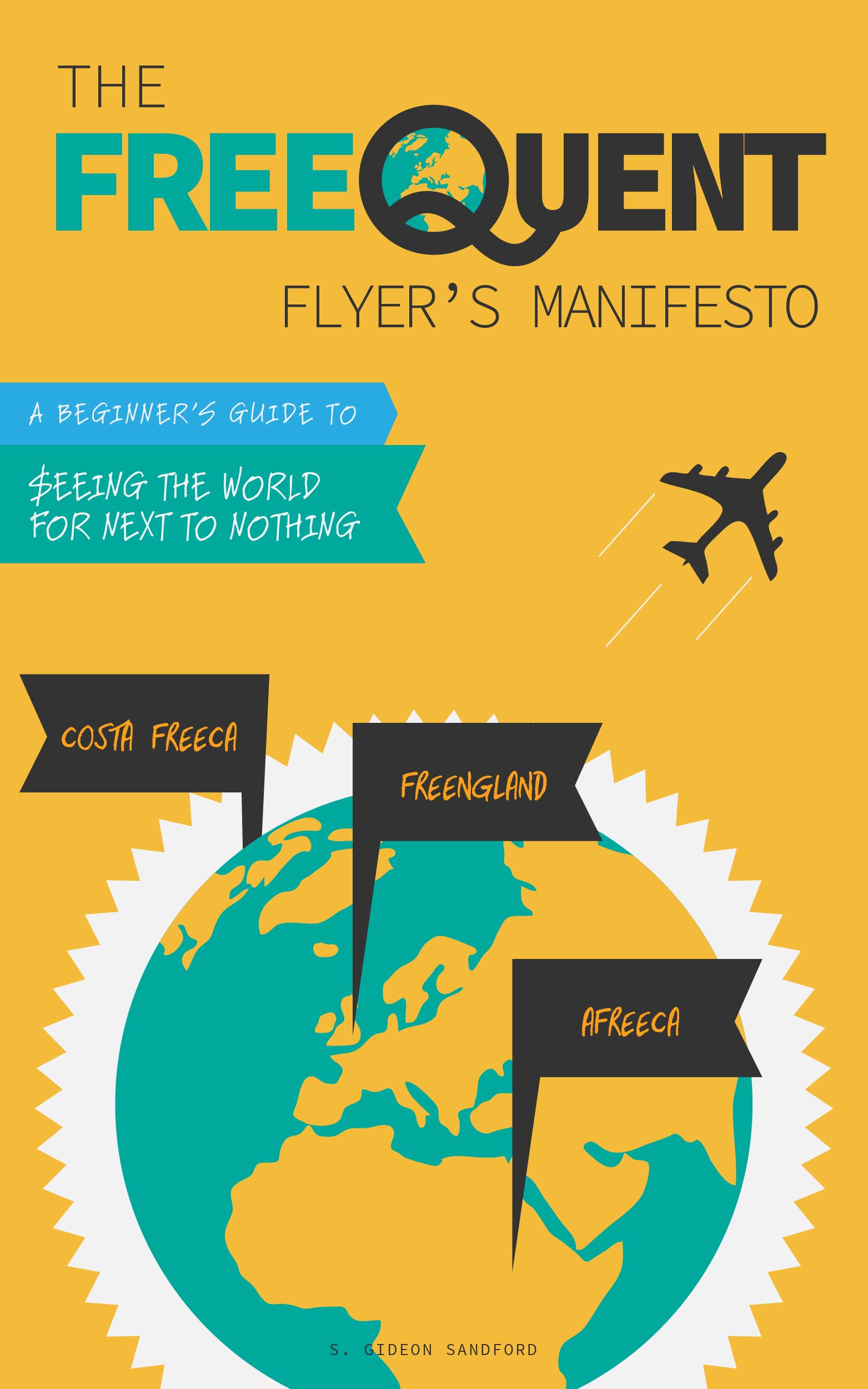Excited about Amex Blue Business Plus? Let's talk about it
/You may have heard that American Express has launched a new business credit card that earns 2 flexible Membership Rewards points per dollar spent everywhere, on up to $50,000 in calendar year spend.
You may also have heard that the 20,000 Membership Rewards-point signup bonus after spending $3,000 on the card is only available through affiliate links, but that's false. I've helpfully stripped the affiliate information off the signup link, so anyone can sign up here without triggering a payout to an affiliate blogger.
Easy to earn is good
The easier points are to earn on unbonused categories of spend, the better. That's true whether we're talking about Ultimate Rewards points, Membership Rewards points, hotel or airline loyalty currencies, or cash back.
The fact that it's now possible to earn 2 Membership Rewards points per dollar on unbonused spend, instead of the 1.5 Membership Rewards points that could be earned on unbonused spend with the Amex Everyday Preferred (after 30 transactions in a given billing cycle), is an unalloyed good.
Hard to redeem is bad
The problem is, making Membership Rewards points easy to earn doesn't make them easy to redeem, and thus can't increase the value of a given Membership Rewards point. If you're the kind of person who regularly gets great value from Membership Rewards points, then earning them at an accelerated rate will get you more of the redemptions you already find valuable. If you're the kind of person who finds Membership Rewards points singularly difficult to redeem, then earning somewhat more of them on your unbonused spend is unlikely to offer much marginal value.
Amex Blue Business Plus Membership Rewards use cases
I'm not here simply to snipe, however. I want to spell out what really are some obvious use cases for the Amex Blue Business Plus. These use cases are obvious because they take into account the decisions you've already made about the value of various rewards currencies.
- If you are willing to earn 1.4 Delta SkyMiles per dollar spent on an American Express Delta Platinum card, or 1.5 SkyMiles per dollar spent on an American Express Delta Reserve card, you should be willing to earn 2 SkyMiles per dollar spent on an Amex Blue Business Plus card.
- If you're willing to earn 1.5 British Airways Avios per dollar spent on a Chase Freedom Unlimited card, you should be willing to earn 1.6 Avios per dollar spent on an Amex Blue Business Plus card.
- If you're willing to earn 1.5 Singapore Airlines KrisFlyer miles or Air France/KLM Flying Blue miles per dollar spent on a Chase Freedom Unlimited card, you should be willing to earn 2 KrisFlyer or Flying Blue miles per dollar spent on an Amex Blue Business Plus card.
Conclusion
If you are already earning these currencies or transferring your flexible points to these currencies, then being able to earn them with less unbonused spend than you're already doing is a clear win. On the other hand, if spending $50,000 per cardmember year on the Amex Blue Business Plus card simply generates 100,000 Membership Rewards points you have no intention to spend, you'll have found yourself to be the butt of yet another credit card marketing joke.


